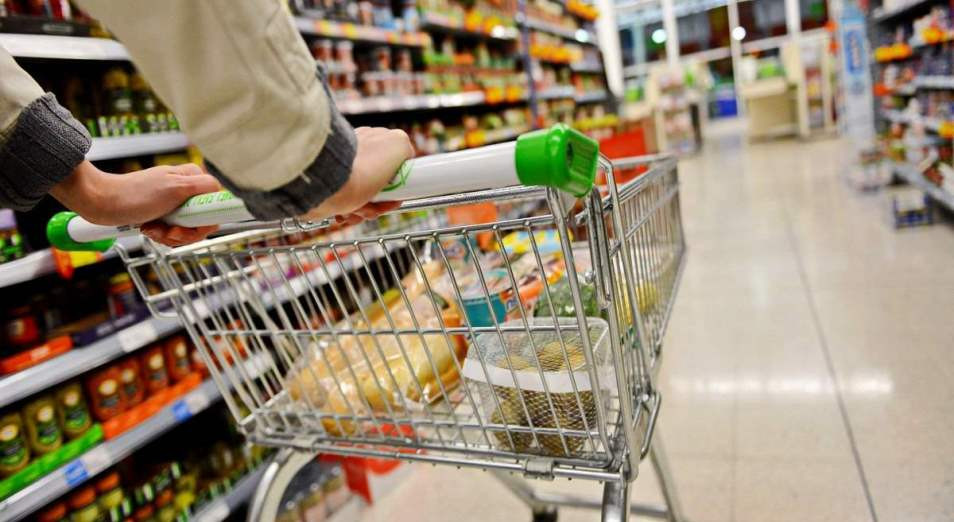For many years the mission of the Prime Minister of the country on the creation of the Food Belt around Astana passes from the protocol to the protocol. Moreover, for many years the Ministry of Agriculture and the akimats of the capital and neighboring regions have been diligently doing it.
But what does it mean to create a ‘food belt around the city of Astana’?
The main goal of this work, obviously, should be to provide the city of Astana with food products.
In this case, I have a question for the residents of the capital: is there a food deficit in Astana? I will even ask differently: is there such a product that it is impossible to buy in our city? For example, personally, anything does not come to my mind. In Astana, almost everything can be found. Hence, the issue of physical accessibility of products in Astana is not worth it.
At the same time, it should be recognized that the products in Astana supermarkets are quite expensive. For example, as of July 1, 2014 in Astana, 1 kg of sugar costs 181 tenge, and on the average for the Republic – 174 tenge, a difference is of 4%; beef in Astana costs 1 151 tenge, the average for the Republic is -1 115 tenge, the difference is 3.2%; lamb in Astana costs 1 166 tenge, and on average in the Republic – 1 098 tenge, the difference – 6.2% (data of KazAgroMarketing JSC).
However, the income level of the residents of the capital also exceeds the average for the republic. In Astana in April 2014, it was 98,750 tenge, and on average in the republic about 60,242 tenge, a difference is of 63.9% (data of the Statistics Agency of the Republic of Kazakhstan). That is, the excess of income is much higher than the price increase, which means that food products in Astana are even more accessible than the average for the republic.
Thus, the higher price of food products in Astana compared to other regions is due not to food shortages, but to high incomes and higher trade costs. In particular, renting retail space in Astana is more expensive due to the high cost of real estate, higher salaries of sellers, payment for placing goods in trade networks, the cost of utilities (in comparison with some regions), etc. Hence, the issue of economic accessibility of food products in the country’s capital is not relevant.
Let’s go further.
During implementing the instruction to create the Food Belt around Astana, the question arises of its practical implementation and reporting. If there is a commission, then it must be followed and somehow counted, how many and what products were imported to Astana from the Food Belt, but not, for example, from the South-Kazakhstan region. In order to do this, you need to account for the movement of goods between the regions of the republic. Such kind of accounting is not conducted in our country, since in a unitary state the need for it did not arise.
Theoretically, of course, it can be conducted by establishing posts on the borders between the regions and the capital. However, this will require additional costs from the budget for the maintenance of the posts’ staff, and will entail a total check of the tonnage of each cargo and passenger vehicle, which will inevitably create congestion when driving cars and cause a storm of indignation among the population. Moreover, in order to avoid waiting for a queue at checkpoints, suppliers will start looking for bypasses to deliver cargo to Astana. In response to state agencies, by analogy with border guards, it will be necessary to look for and suppress such illegal imports like smuggling. In general, it will be a silly, unnecessary, nervous work just to understand that these cucumbers were brought on behalf of the Government from the Karaganda region, which is, from the Food belt, or are delivered by themselves from the SKO for economic reasons, without any instructions from above.
It would be more logical to direct efforts to develop the production of food products throughout the country, not limited to the Food belt, that is, the 300-kilometer radius around Astana. Opening of new farms, greenhouses, meat processing plants, etc. in itself will create the necessary commodity base, and a free trade that is not restricted by anybody and is not being pushed by anyone, will distribute these goods by country and place prices on them according to economic laws.

COMMENTS